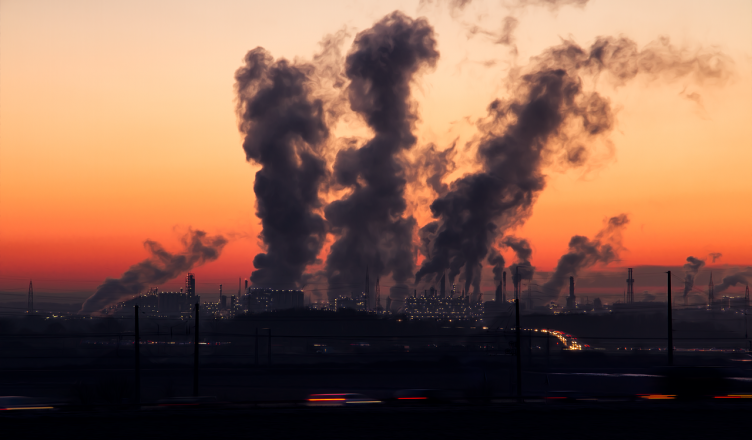There are a large number of factories in the world which are releasing million tons of toxic chemicals, fuel gasses, wastes water, sewage into the air, land, and water. This hazardous waste in either form (such as solid, liquid or gas) causes ozone depletion, global warming, loss of land, health problems in human beings and other organisms. Pollution is the introduction of contaminants in the natural environment and causes adverse change. It is created mostly by human actions and also due to the natural disaster.
At any location various loads of pollution on the environment are
Water Pollution
Water from a city is called sewage, and that from the industry is called wastewater. Natural river water has 8 mg/lit. Dissolved O2 in it. This quantity of dissolved O2 is known as the quality of water.
Sewage and waste water have 90-95% organic matter and when they put into rivers. The concentration of O2 in river decreases due to its consumption which severely affects the aquatic life.
The main water pollutants and its sources are
- Oxygen demanding materials
- Nutrients
- Pathogenic organism
- Suspended solids
- Salts
- Toxic metals
Air Pollution
The presence of one or more contaminants in the air that are injurious to humans, plants, animals and also to property is termed as air pollution.
The main sources of air pollution are
- Natural sources
- Human-made sources
- Automobiles
- Stationary sources
The contaminants which pollute the atmosphere are known as air pollutants and are classified as
- Inorganic gaseous pollutants
- organic gaseous pollutants
- Dust
- Smoke
- Fumes
Global Effects of Air Pollution
Some global effects of air pollution are
- Greenhouse effect
- Ozone layer depletion
- Acidic rain
- photo chemical smog
- meteorological effects
Noise Pollution
Noise is unwanted sound. The main sources of noise are
- Equipment used during construction
- Traffic and transportation
- Mechanical Vibration
Minimizing the low-frequency noise needs more efforts. The fixed noise standard states that noise equivalent to that of a 4-engine jet transport on takeoff is the maximum sound level that human being can tolerate.
Solid Pollution
It means solid waste which includes paper, plastics, metals, glass and rubber, etc. The type and amount of refuse generated, its collection and disposal system depends upon the use of the locality members and the refuse management organization.
Vibration Pollution
Vibrations are generally due to the imbalance loading of different machines like pumps, blowers, and compressors, etc.
To prevent the pollution, everyone has to think positively about it and its our duty to keep the surroundings as clean as possible and to get involved in practice efforts on your own or join a program.
Role of Environmental Engineers
Environmental engineering is specifically concerned with the application and usage of engineering principles, in order to bring positive impact on human population and surrounding. They utilize their knowledge to keep environment free of pollution.

